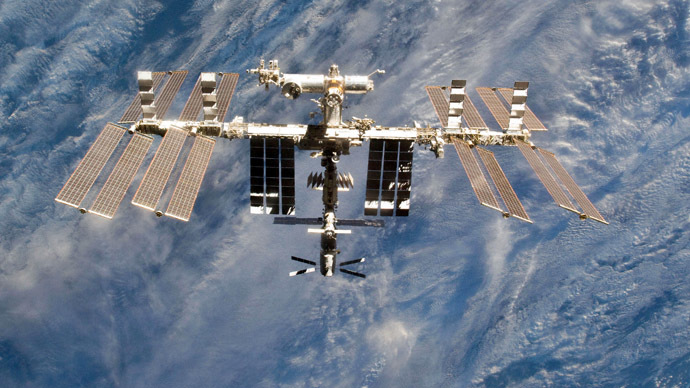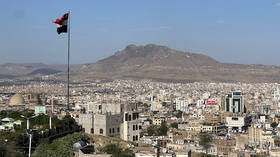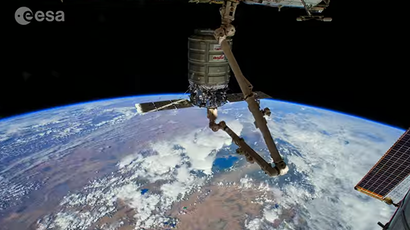Spare parts in space: NASA to send ISS its first 3D printer

NASA is set to send the first 3D printer into space, potentially allowing astronauts to print new parts of the International Space Station (ISS) in zero-gravity conditions.
“We've been building tools for thousands of years. This is the first time that it's not happening down here, but up there [in space]. That's paradigm shifting,” Aaron Kemmer – CEO and co-founder of Made in Space, the printer's manufacturer – told CNET.
“We can actually leave planet Earth if we can start doing
this more and more, if we start living off the land, building
there, getting independent from planet Earth, rather than being
completely dependent,” he said.
In addition to making parts at the station, NASA envisages it
helping set up residents in far-away places such as Mars.
“If we're really going to set up shop on Mars, we have to do
this,” Jeff Sheehy, NASA's senior technologist, said Friday.
“We really can't afford to bring everything we need for an
indefinite amount of time. We'll need to get to the point where
we can make things that we need as we go.”
Made in Space has manufactured the printer specifically to work
in zero gravity conditions inside a sealed chamber. The spare
parts that it will be able to print will be made out of the same
material as Lego bricks. The process of printing the materials
remains the same as it is on Earth.
The printer is nearly 12 inches tall, 9.5 inches wide, and 14.5
inches deep. A commercial “big brother” printer will be flown out
next year, AP reported. The primary challenge was apparently
creating a printer that could actually withstand the massive
force of takeoff.

The company has been displaying items made by the printer at
Kennedy Space Center, reported AP. Among the pieces chosen was a
3D printed version of an air filter used by astronauts aboard
Apollo 13, which took some five hours to produce.
After the printer experiments with creating parts in zero-gravity
conditions, the items – made by layering plastic upon plastic –
will be taken back to Earth for quality assessments.
They will be “pulled and twisted and peeled and subjected to
a lot of tests to determine the quality of the parts,”
Sheehy said. The intention of the tests is to give confidence
that items made by the 3D printing method will work, “even though
[the idea is] new and innovative.”
“This is the first time that our species, humanity, has built
tools off planet Earth,” Kemmer said.
“This is a huge, huge time for us,” business development
engineer Brad Kohlenberg added.
The printer is being taken to the ISS along with 5,000 pounds of
new equipment and cargo packed into a SpaceX Dragon capsule.
The printer's original launch date was scheduled for Friday.
However, rainy weather forced SpaceX to delay the launch until
Sunday.














